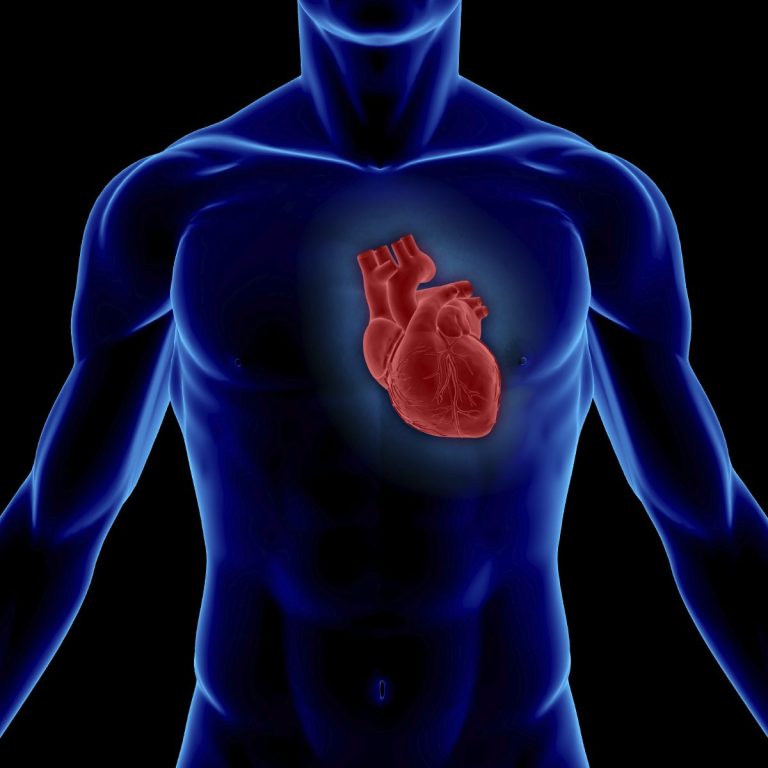Chemotherapy:
5/5/2023
Chemotherapy is the use of chemicals to target the growth of cancer cells. These chemicals are used to stop and kill cancer cells, but also target hemopoietic cells, follicle cells and other cell types that undergo continuous division. These cells often undergo normal, healthy cell division. Chemotherapy is used to treat rapid, aggressive cancers, and can be used to cure the disease, or to reduce its effect.
Thank you,
Rohit Daniel
Sources:
“How is Chemotherapy Used to Treat Cancer?”, American Cancer Society. November 22, 2019. https://www.cancer.org/cancer/managing-cancer/treatment-types/chemotherapy/how-is-chemotherapy-used-to-treat-cancer.html
“Chemotherapy to Treat Cancer”. NIH, National Institute of Cancer. August 23, 2022. https://www.cancer.gov/about-cancer/treatment/types/chemotherapy

Biomedical Sciences:
2/1/2023
The history of the biomedical sciences is directly tied to the 20th century. The distinction of Biomedical science was made when important discoveries in the field of medicine, bacteriology and long term disease were made. Such discoveries were made after the end of the Second World War, when funding, research and dedicated individuals worked together to treat disease that affected humanity. As a result, there where many advancements in the fields of medicine, hygiene and laboratory development. The most important establishment of biomedicine was the study of the macro-level: the molecules that controlled and influenced life. The backdrop of the Cold War also shaped biomedical sciences, as scientific discoveries and research was directed war efforts. In this stage, different scientific discoveries such as the ultracentrifuge, electron microscope and other technologies contributed to future discoveries. Biomedical sciences influenced and changed the way medicine treated disease, disability, and treatment.
Thank you,
Rohit Daniel
Sources:
Quirke, Vivane. Gaudrilliere, Jean-Paul. “The Era of Biomedical: Science, Medince and Public Health in Britain and France after the Second World War.” MedHistory. Volume 52 Oct 2008 https://www.ncbi.nlm.nih.gov/pmc/articles/PMC2570449/

Atrial Fibrillation Treatment:
1/27/2023
Atrial fibrillation is when the atria of the heart beat out of rhythm with the ventricles. The chance for an individual to have atrial fibrillation increases with age. Atrial fibrillation also increases with other risk factors, such as diabetes or being overweight. Due to the improper beating of the heart, the blood flow to certain organs can be reduced, inducing tiredness, confusion or lightheadedness in a patient. There are many ways to diagnose atrial fibrillation, these include: electrocardiography, echocardiography, blood test and cardiac magnetic resonance imaging. There are many different types of treatments for atrial fibrillation. These treatments vary depending on the type of atrial fibrillation.
Thank you,
Rohit Daniel
Sources:
“Atrial Fibrillation”, National Heart. Lung and Blood Institute, https://www.nhlbi.nih.gov/health/atrial-fibrillation

Get An Active Heart:
1/15/2023
As with any health advice, exercise is an important part of lifestyle. Exercise aids the body in regulating and improving muscles. Furthermore, exercise aids in a variety of ways and is overall beneficial to a person’s health. For the heart aerobic exercises are best, since they aid in the function and development of the heart. The best exercises for an individual depend on that person, however, there are many exercises that improve heart health. Such as: walking, interval training, weight training, and much more. Overall, it is up to the individual to find out what exercise they need.
Thank you,
Rohit Daniel

Heart Healthy foods:
1/9/2023
There are many heart healthy foods such as: grapes, tomatoes, monounsaturated fatty food and oatmeal. However, healthy food is a part of a hearth healthy diet. A proper heart healthy diet balances all the necessary nutrition and calories an individual needs. Most of these nutrients do come in the form of vegetables, low sodium foods, and monounsaturated fats. However, the best diet is the best lifestyle for an individual, one that includes exercise, proper nutrition and reduction of unhealthy foods.
Thank you,
Rohit Daniel
Sources:
“Choose Heart-healthy Foods”. NIH National Heart, Lung and Blood Institute https://www.nhlbi.nih.gov/health/heart-healthy-living/healthy-foods

The Aorta:
1/8/2023
The aorta is the main artery responsible for delivering oxygenated blood to the rest of the body. The aorta is responsible for channeling oxygenated blood to the rest of the body. As a result, the aorta has many branching arteries that provide blood for the whole body. These include, but are not limited to: left carotid artery, subclavian artery, carotid artery, mediastinal arteries, bronchial arteries, and superior phrenic arteries. Aorta health is an important factor in overall human health. The way to maintain a healthy aorta is through diet, exercise, screening and other preventive care methods.
Thank you,
Rohit Daniel
Sources:
“Aorta”. Cleveland Clinic, https://my.clevelandclinic.org/health/articles/17058-aorta-anatomy
“Aortic Dissection”. Medline Plus, https://medlineplus.gov/ency/article/000181.htm